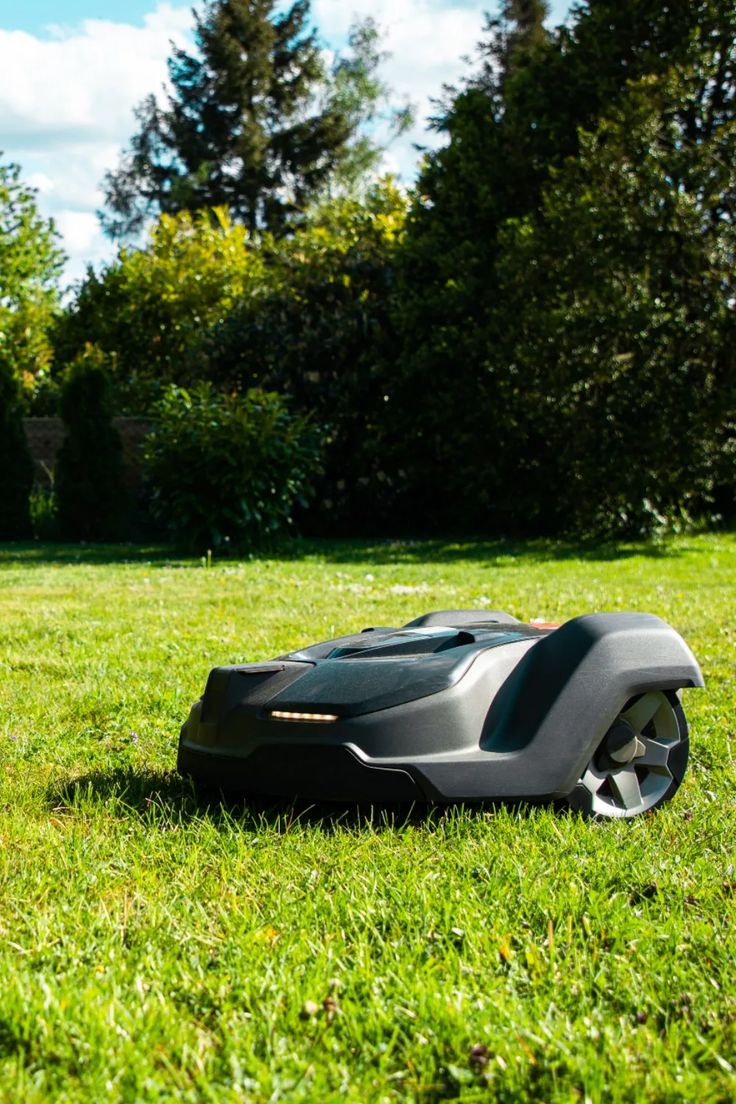For many homeowners who have already embraced the convenience of a robotic lawn mower, the allure of wire-free technology is strong. The promise of eliminating boundary wire installation, simplifying setup, and gaining greater flexibility is highly appealing. But if you currently own a traditional robot mower that relies on a physical perimeter wire, the question arises: can you upgrade to a robot lawn mower without perimeter wire, or are you stuck with your current setup? The short answer is yes, you can upgrade, but it typically means purchasing a new machine rather than converting your existing one.
Understanding the Fundamental Difference
The core distinction between wired and wire-free robot mowers lies in their navigation technology.
- Wired Models: These mowers rely on an electromagnetic signal emitted by a physical wire laid around the perimeter of your lawn. Sensors on the mower detect this signal to determine boundaries.
- Wire-Free Models: These mowers use advanced technologies like RTK-GPS (Real-Time Kinematic Global Positioning System), vision-based navigation with AI, or a combination of sensors (LiDAR, ultrasonic, IMU) to create and adhere to virtual boundaries. They do not need a physical wire to know where to mow.
Because these navigation systems are fundamentally different and deeply integrated into the mower’s hardware and software, converting a wired mower to a wire-free one is generally not possible. It’s like trying to convert a traditional car into a self-driving vehicle by simply adding a GPS unit – the underlying architecture isn’t designed for it.
Why a New Purchase is Usually Required
Upgrading to a wire-free robot mower almost always involves buying a new unit for several key reasons:
- Specialized Hardware: Wire-free mowers contain specific hardware components (e.g., RTK-GPS receivers, dedicated cameras, advanced processors for AI and mapping) that are not present in wired models. These components cannot be simply added as an aftermarket upgrade.
- Integrated Software: The navigation algorithms and mapping software for wire-free operation are complex and deeply embedded in the mower’s operating system. This software is designed to work with the specialized wire-free hardware.
- Base Station Requirements: RTK-GPS wire-free mowers require a separate RTK base station to provide centimeter-level accuracy. This is a dedicated piece of equipment that wired mowers do not use.
- Manufacturer Ecosystems: Robot mower brands often have their own proprietary technologies and ecosystems. A wired mower from one brand cannot typically be upgraded with wire-free technology from another, or even from the same brand if the model line is distinct.
The Upgrade Path: What to Expect
If you’re ready to make the switch from a wired to a wire-free robot mower, here’s what the upgrade path typically looks like:
- Research New Models: Explore the latest wire-free robot mowers from various brands (e.g., Husqvarna EPOS, Mammotion LUBA, Segway Navimow, EcoFlow Blade, WORX Landroid Vision). Pay attention to their navigation technology (RTK-GPS vs. vision-based), lawn size capacity, obstacle avoidance features, and price points.
- Consider Your Lawn: Assess your lawn’s characteristics. While wire-free mowers offer great flexibility, factors like dense tree cover (for RTK-GPS) or very uneven terrain might influence which specific wire-free model is best suited.
- New Installation: Be prepared for a new installation process. While it’s significantly simpler than laying a physical wire, it still involves setting up a charging station (and potentially an RTK base station) and mapping your lawn’s virtual boundaries via a smartphone app.
- Higher Initial Cost: Wire-free robot mowers generally come with a higher upfront cost due to their advanced technology. Factor this into your budget.
- Potential for Resale: You might be able to sell your existing wired robot mower to offset some of the cost of the new wire-free model.
Benefits of Upgrading
Despite the need for a new purchase, upgrading to a wire-free robot mower offers compelling advantages:
- Effortless Setup: No more digging or managing perimeter wires.
- Greater Flexibility: Easily adjust mowing zones, create “no-go” areas, and adapt to garden changes via an app.
- Enhanced Precision: Many wire-free models offer systematic mowing patterns for a more uniform and efficient cut.
- Advanced Features: Benefit from cutting-edge obstacle avoidance, multi-zone management, and robust anti-theft capabilities.
Conclusion
While you cannot typically convert an existing wired robot lawn mower into a wire-free model, upgrading to a new wire-free unit is a straightforward and increasingly popular option. By investing in these advanced machines, homeowners can unlock a new level of convenience, precision, and flexibility in automated lawn care, truly freeing themselves from the traditional complexities of lawn maintenance.

